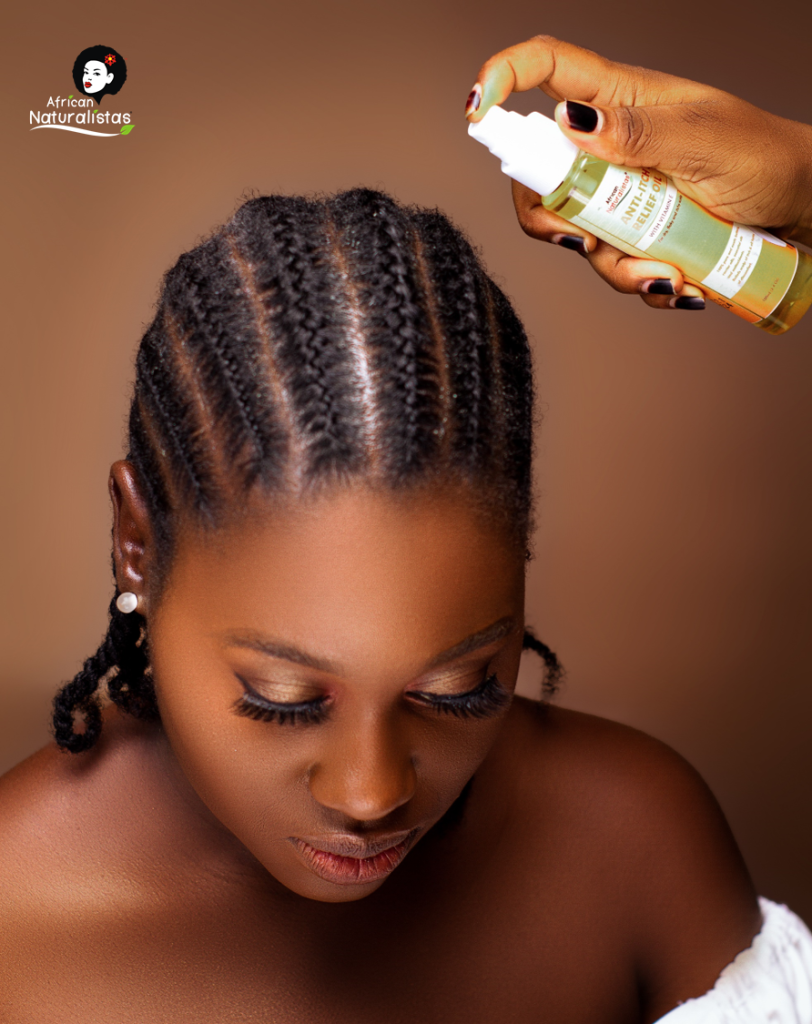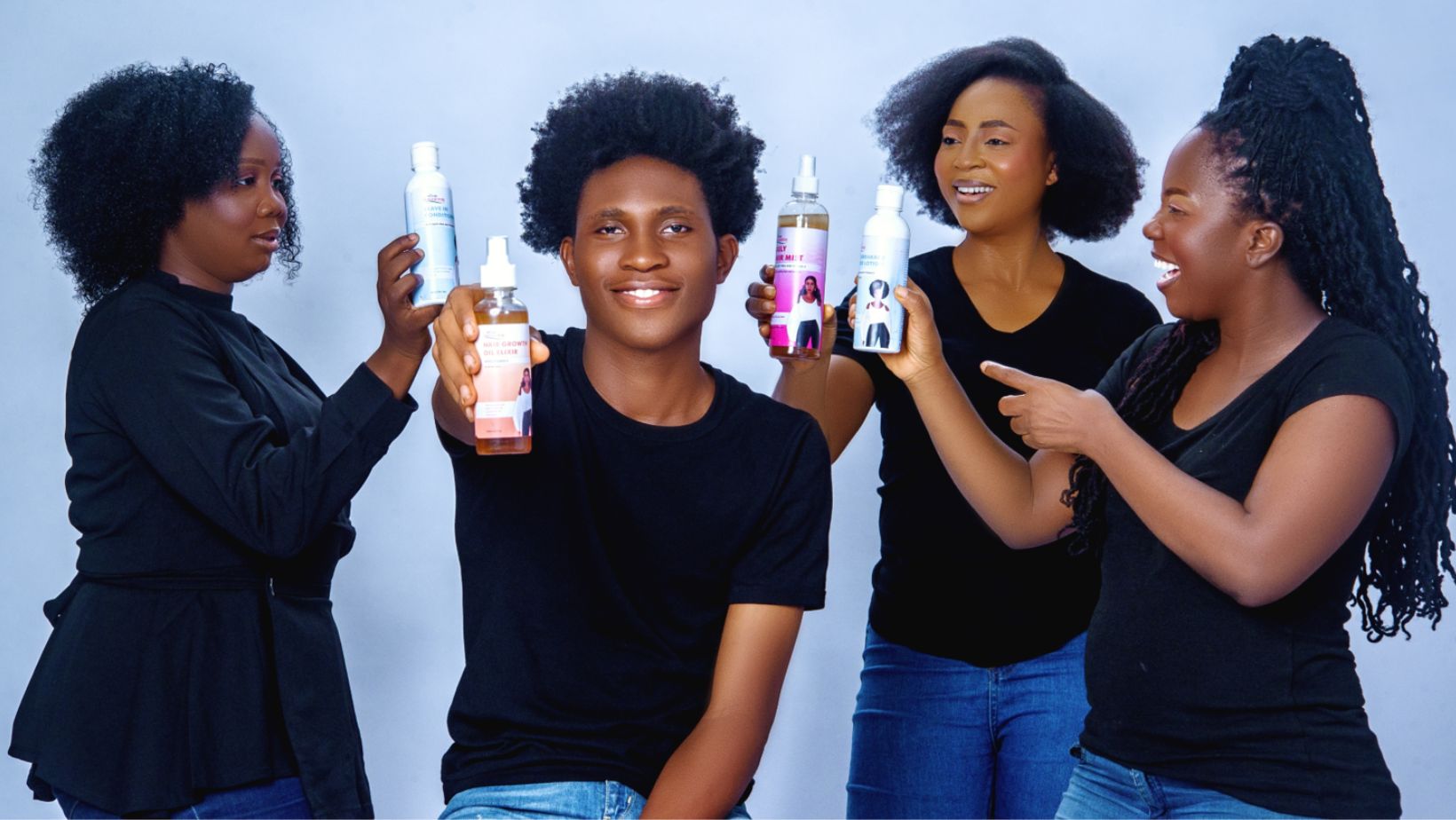Imagine this: your child comes home from school, and as you’re brushing their hair, you notice tiny, crawling creatures. You look closely and you discover it’s lice! Panic sets in and off you go running helter-skelter in search of the nearest treatment to burn down those annoying lice
It's a situation that we dread as parents, yet it’s very common.
Head lice can be a persistent nuisance, but with the right knowledge and approach, they can be effectively managed and prevented.
In this post, we’ll unravel the facts about lice, dispel common myths, and give practical tips for handling these pesky invaders.
What are lice?
Lice are tiny, wingless insects that live on the human scalp, feeding on blood several times a day. They are about the size of a sesame seed and can cause itching and discomfort.
Lice spread primarily through direct head-to-head contact. They can also be transferred through shared personal items like hats, hairbrushes, and bedding. It's a common misconception that lice can jump or fly—they can't. They move by crawling.
How Do You Know If You Have Lice Infestation

The symptoms of lice infestation are usually obvious. Common signs of a lice infestation include intense itching, a tickling feeling of something moving in the hair, irritability, and difficulty sleeping (lice are more active in the dark). You may also notice sores on the scalp from scratching and red bumps on the neck and shoulders.
Lice vs. dandruff: How to tell the difference
It's easy to confuse lice with dandruff, but there are distinct differences. Lice are living insects that move, whereas dandruff is just flaky skin. Nits (lice eggs) are firmly attached to hair shafts and are difficult to remove, while dandruff flakes off easily.
How To Get Rid Of Lice: Effective Treatment Options
If you’ve ever been affected by lice, you will understand how frustrating and overwhelming dealing with a lice infestation can be. But the good news is that there are numerous effective treatments available which can help you eliminate these pesky parasites. Let's explore the various treatment options and find the best solution to get rid of lice once and for all.
Over-the-counter medications
Over-the-counter medications are usually the go-to treatment options when lice infestations get out of hands with home treatments. There are several over-the-counter (OTC) treatments available that contain permethrin or pyrethrin. These are insecticides specifically formulated for lice and are safe when used as directed. Be sure to follow the instructions carefully to avoid any potential side effects.
How to use these medications to treat lice effectively
Apply the medication to clean, and dry hair and leave it on for the recommended amount of time before rinsing. Comb through the hair with a fine-toothed nit comb to remove dead lice and nits. Repeat the treatment in 7-10 days to kill any newly hatched lice.
Harmful DIY Treatments For Lice Infestation
When faced with a lice infestation, the urgency to find a quick solution can lead people to try do-it-yourself (DIY) treatments. Some of these home remedies can be safe and effective, but others can be dangerous, causing more harm than good.
You may have also seen some people turn to extreme measures like using insecticides or even kerosene. These methods are not only ineffective but also dangerous, posing serious health risks including skin burns, respiratory problems, and poisoning.
According to several research, using harsh chemicals like these can lead to allergic reactions, skin irritations, and in severe cases, chemical burns. It’s important to avoid these dangerous treatments and look for safer alternatives.
Seeking Professional Advice For Lice Treatment

One of the biggest risks of DIY treatments is their potential ineffectiveness. Incomplete treatment can allow lice to survive and continue to reproduce, leading to a prolonged and worsening infestation.
Consulting a healthcare professional or a lice treatment specialist ensures you get accurate information and effective treatments. They can recommend safe and proven methods to eliminate lice without risking your health.
When OTC treatments and natural remedies don't work, or infestation becomes severe, it's time to seek professional help from a dermatologist or a trichologist at a lice clinic. These professionals offer specialized treatments that can effectively eradicate lice in one or two sessions.
Check out African Naturalistas Hair Clinic To Book A Sessions
Tips For Preventing Lice Infestation
Good hygiene practices
Maintaining good hygiene doesn't completely prevent lice, but it does make it easier to spot and treat an infestation early. Regularly washing and conditioning hair helps keep the scalp healthy.
Regular hair checks
Performing regular hair checks, especially after potential exposure at school or daycare while early detection makes treatment easier and more effective.
Avoiding head-to-head contact
Teach children to avoid head-to-head contact during play and other activities. Sharing personal items like hats, brushes, and hair accessories should also be discouraged.
Cleaning bedding and personal items
Wash bedding, stuffed animals, and clothing in hot water and dry on high heat to kill any lice or nits. Vacuuming floors and furniture can also help eliminate stray lice.
Lice prevention in schools and childcare facilities
Schools and childcare facilities should have clear policies on lice management. Regular screenings and prompt treatment of infestations can help prevent the spread of lice among children.
Conclusion
Dealing with lice can be challenging, but understanding the facts and knowing the right treatment and prevention strategies can make it manageable. Most importantly, you should remember that even though lice are a nuisance, they are not a sign of poor hygiene and can be treated effectively.
If you suspect a lice infestation, seek professional advice and use safe, proven treatments. Share this post to spread awareness and help others keep lice at bay.
At African Naturalistas Hair Clinic, we diagnose and treat over 50 hair and scalp disorders including: all forms of alopecia, chronic dandruff, scalp psoriasis, diffuse thinning, telogen effluvium, seborrheic dermatitis, trichotillomania...and many more.
If you are ready to take the next step towards healthier hair, book a consultation using the link below.



This is a very timely message and i appreciate it as i am battling with lice on my dreadlocks, i will try the drugs advised. Thank you.
I am glad you found it useful. Feel free to reach out if you have further questions